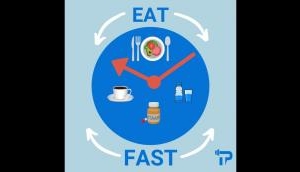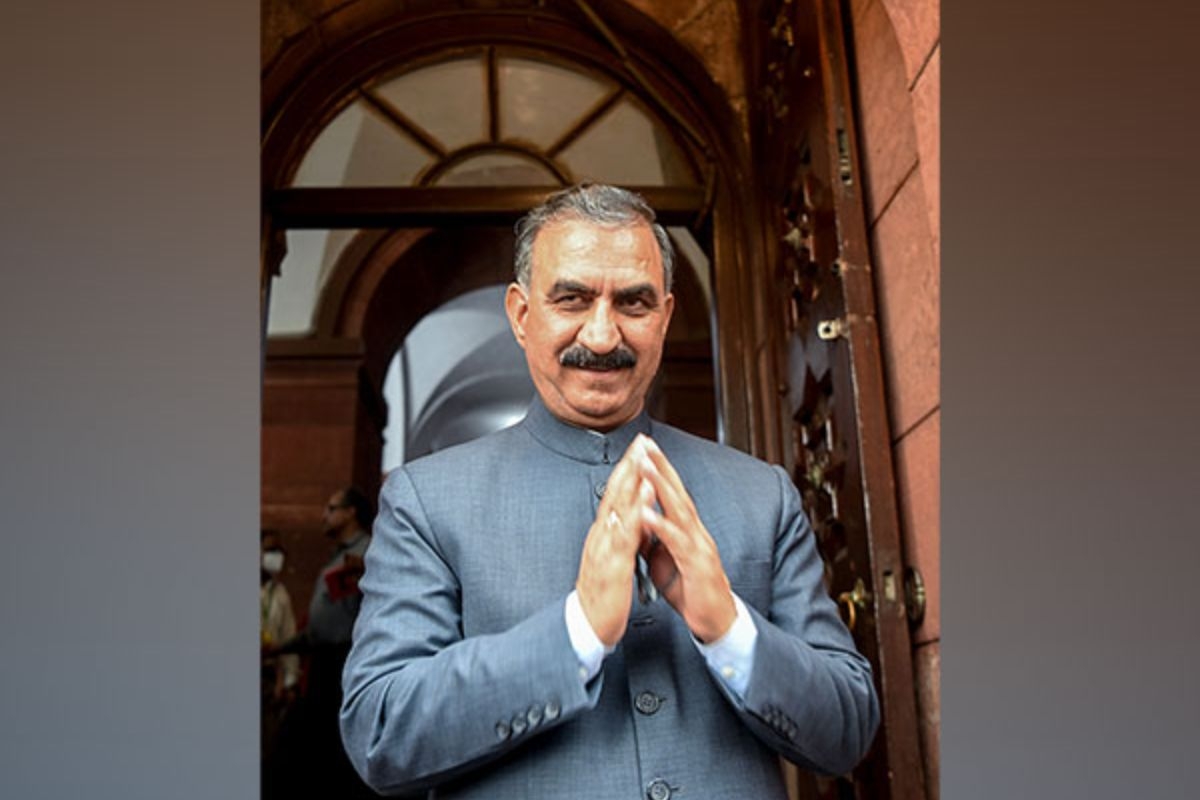Blocking kids from social media won't solve the problem of cyberbullying

Social media has revolutionised how we communicate. In this series, we look at how it has changed the media, politics, health, education and the law.
Bullying is among parents' greatest concerns. And little wonder. It's the biggest modifiable risk factor for children and adolescents developing mental illnesses. Every few weeks there are reports of children and teens who have taken their lives, allegedly due to bullying and cyberbullying.
One in five (21% of) 14- to 15-year-olds report having been cyber bullied, up from 4% in eight- to nine-year-olds. Bullies post threatening messages, spread rumours and share humiliating images via sites such as Facebook, YouTube, Snapchat and Instagram for teenagers, and Moshi Monsters and Club Penguin for pre-teens.
But contrary to public perception, bullying via social media is not as common as traditional forms of face-to-face bullying.
It's natural for parents to want to protect their children and teens from bullying on social media, but simply taking their devices away is not the solution.
Who is cyber bullied?
Students who are bullied online are also likely to be victims of traditional bullying and most know the perpetrator in real life.
Like traditional bullying, the highest risk time for cyberbullying is at transition to high school.
Children and teens are also more likely to be bullied on social media if they:
- spend a lot of time online
- engage in risky online behaviours such as sharing passwords
- use social media sites to bully others.
Victims of cyberbullying report high rates of anxiety and depression.
But the evidence is mixed about whether cyber or traditional bullying impacts more on mental health. It's likely that both have a serious impact.
There is also a cumulative effect: the more experiences of bullying (whether cyber or tradtional), the worse the mental health risk.
Social media can be good and bad
Most Australian children (78%) have used social media by the ages of eight or nine. Usage increases during teenage years, with most 16-17 year olds (92%) accessing it at least once a month, and around half with daily access.
When parents see a problem, it's sometimes tempting to try to ban children from using social media. But a ban is difficult to enforce, given the reliance on the internet for education.
It may also be counter-productive. Most 14- to 17-year-olds report that the internet is very important to them, saying it improves their wellbeing and relationships.
A recent review of international research confirms that participation in social media can increase teenagers' feelings of self-esteem, support, and fitting in with a group. Children relate to each other through social media, for good and for bad.
Setting up safe processes
You can help your child from being targeted by adequately supervising them when they're online, only providing access to social media sites that are appropriate for their level of maturity, and maintaining good lines of communication.
To help decide whether social media sites are appropriate for your child's age, read the "terms of use" and check the minimum age. You can then help your child to set an appropriate privacy setting.
It's important to educate you child about about internet safety. This includes ensuring they only "friend" people they know in real life, and that they consider the possible impacts of information before posting.
Good cyber-safety resources include the Office of the eSafety Commissioner's downloadable brochures and the Alannah and Madeline Foundation's eLicence. School-based education programs have also been shown to reduce cyberbullying.
Try keeping computers only in the common area of the house, friending or following your child online, and occasionally checking their online profile.
Over time, you can give your child more independence as they develop their skills to manage more complicated situations online. But try to maintain good communication so they can come to you with any problems - this includes listening without overreacting.
Look out for signs of distress, such as greater emotional reactivity, avoiding school or social situations, sleep disturbance, or a drop in school marks.
If your child is unwilling to speak with you, they may be willing to call a support service such as the Kids Helpline.
What if your child has a problem?
If the problem involves someone he or she knows in real life, your child might be able to sort out the problem directly. Or you can ask the school for help.
You can help your child decide whether to block or unfriend online users who are causing distress. It's wise to keep a record of problems, by taking screen shots. Offensive content can be reported to the website or carrier, and if not addressed, can be reported to the Children's eSafety Commissioner.
If you think your child is in danger, contact the police or Crimestoppers.
Finally, if your child suffers ongoing distress, consider getting professional help from a psychologist, psychiatrist or your GP.
This article was originally published on The Conversation. Read the original article.
First published: 15 October 2016, 7:00 IST





![BJP's Kapil Mishra recreates Shankar Mahadevan’s ‘Breathless’ song to highlight Delhi pollution [WATCH] BJP's Kapil Mishra recreates Shankar Mahadevan’s ‘Breathless’ song to highlight Delhi pollution [WATCH]](https://images.catchnews.com/upload/2022/11/03/kapil-mishra_240884_300x172.png)

![Anupam Kher shares pictures of his toned body on 67th birthday [MUST SEE] Anupam Kher shares pictures of his toned body on 67th birthday [MUST SEE]](https://images.catchnews.com/upload/2022/03/07/Anupam_kher_231145_300x172.jpg)






